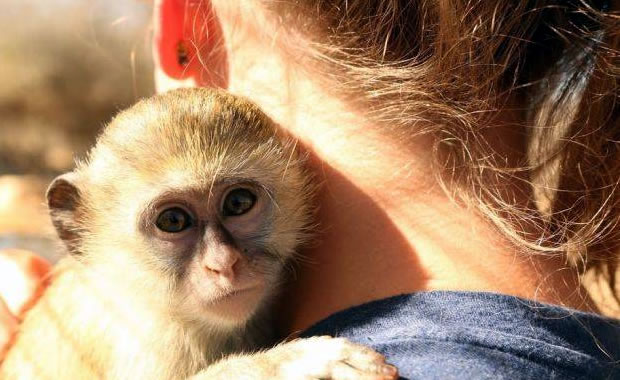Pseudagrion spp.
Creature Facts
Group:
Insects
Area(s) Where Listed As Endangered:
Ethiopia, Kenya, Saudi Arabia, South Africa, Tanzania, Uganda, Yemen, Zimbabwe
Status/Date(s) Listed as Endangered:
| Scientific Name | Status | Listing Date | Range | |
| 1. | Pseudagrion arabicum | VU-IUCN | 2006 | Saudi Arabia, Yemen |
| 2. | Pseudagrion bicoerulans | VU-IUCN | 2006 | Kenya, Tanzania, Uganda |
| 3. | Pseudagrion guichardi | VU-IUCN | 2006 | Ethiopia |
| 4. | Pseudagrion inopinatum | EN-IUCN | 2007 | South Africa |
| 5. | Pseudagrion kaffinum | VU-IUCN | 2006 | Ethiopia |
| 6. | Pseudagrion newtoni | VU-IUCN | 2007 | South Africa |
| 7. | Pseudagrion vumbaense | EN-IUCN | 2006 | Zimbabwe |
Species/Common Names:
| Pseudagrion arabicum |
| P. inconspicuum ssp. arabicum |
| Pseudagrion bicoerulans |
| Afroalpine Sprite |
| Pseudagrion guichardi |
| Pseudagrion inopinatum |
| Balinsky's Sprite |
| Pseudagrion kaffinum |
| Pseudagrion newtoni |
| Harlequin Sprite |
| Pseudagrion vumbaense |
Facts Summary:
Pseudagrion is a genus of insects of concern and found in the following area(s): Ethiopia, Kenya, Saudi Arabia, South Africa, Tanzania, Uganda, Yemen, Zimbabwe.
Pseudagrion spp. Facts Last Updated:
January 1, 2016
January 1, 2016
To Cite This Page:
Glenn, C. R. 2006. "Earth's Endangered Creatures - Pseudagrion spp. Facts" (Online). Accessed 4/20/2024 at http://earthsendangered.com/profile.asp?sp=4947&ID=3.
Glenn, C. R. 2006. "Earth's Endangered Creatures - Pseudagrion spp. Facts" (Online). Accessed 4/20/2024 at http://earthsendangered.com/profile.asp?sp=4947&ID=3.
Need more Pseudagrion spp. facts?

Custom Search



